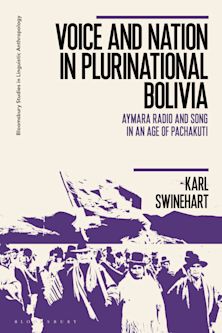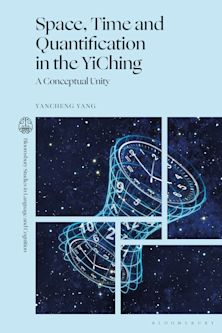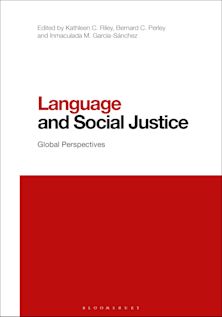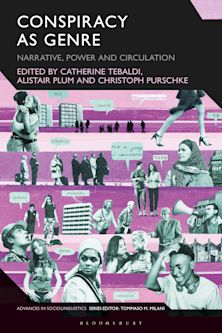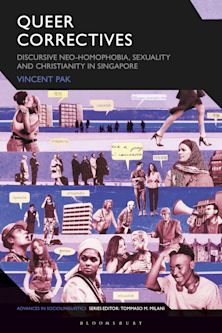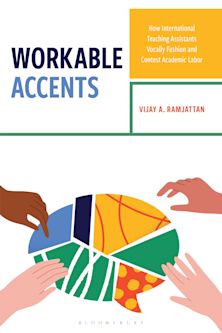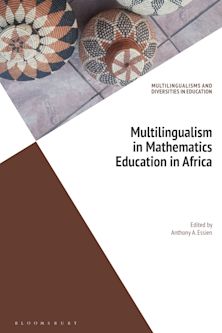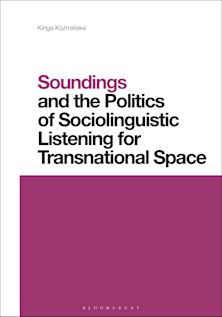Ukrainian Border Dialects in Belarusian-Russian Contact Areas
Characteristics and Trends
Ukrainian Border Dialects in Belarusian-Russian Contact Areas
Characteristics and Trends
Payment for this pre-order will be taken when the item becomes available
- Delivery and returns info
-
Free US delivery on orders $35 or over
Description
This book presents a contemporary, primarily synchronic, linguistic analysis of the essential dialectal features characterizing the dialects spoken in the Ukrainian-Belarusian-Russian border area.
Utilizing sociolinguistic and unique focus-group data, Salvatore Del Gaudio analyzes specific local dialects at the crossroads of Ukraine, Belarus, and the Russian Federation, both locally and cross-regionally, to best highlight stable characteristics and ongoing tendencies over the span of a decade (2012–2022). The individuality of this area is also examined within a broader sociolinguistic context, which accounts for language attitudes, habits, and the identity of local speakers, as well as the linguistic landscape of the border area. The findings presented in this book are valuable for further dialectological research and related linguistic subfields. Moreover, they contribute to the establishment of a more accurate typology of (East) Slavic languages, offering valid insights into areal linguistics, as is often required in similar studies.
Table of Contents
List of Tables
Note on Transliteration
List of Abbreviations
Preface
Introduction
1. Antecedents, Classifications and Critical Issues
1.1. A Geo-Historic and Ethnolinguistic Outline of Polissia
1.2. The Shaping of East Slavic Dialects
1.3. The History and Classification of Ukrainian Dialects
1.4. The History and Classification of Belarusian Dialects
1.5. Studies on Border Dialects
1.6. Theoretical Aspects and Terminological Issues
2. Methods and Data Collection
2.1. Theoretical Framework
2.2. Surveyed Locations
2.3. Data Collection
2.4. Informants' Profile
2.5. Notes on Dialectal Transcription
2.6. Sociolinguistic Surveys
3. Language Situation in the Border Areas (2013–2021)
3.1. Preliminary Insight
3.2. Cernihiv and Ripky: National and Regional Language Context (2012–2022)
3.3. Language Situation in the District of Ripky
3.4. Focus Group in Ripky
3.5. The Homel' Area in the Belarusian Geo-Linguistic Context
3.6. The District of Loeu: Geo-Linguistic Context
4. Linguistic Characteristics of Local Dialects (Ripky Area)
4.1. Hlynenka
4.2. Holubyci
4.3. Lovyn'
4.4. Malyj Lystven
4.5. Novi Jarylovyci
4.6. Velyki Osnjaky
4.7. Vyšneve
4.8. Zaderijivka
5. Generalized Dialectal Features and Contemporary Trends
5.1. Phonetics/Phonology
5.2. Derivation
5.3. Morphology
5.4. A Framework of the Dialectal Verbal System
5.5. Syntax
5.6. Lexical Idiosyncrasies
5.7. Stable Features and Contemporary Trends
6. Key Features in Belarusian (and Russian) Border Dialects
6.1. Focal Dialectal Features in the District of Loeu
6.2. Morphological Characteristics
6.3. Syntactic Aspects
6.4. Dialectal Features in the District of Homel'
6.5. Morphosyntactic Aspects
6.6. Loeu and Homel': Convergent and Divergent Features
6.7. Belarusian and Ukrainian Features in Southwest Russian Dialects
Research Perspectives
Bibliography
About the Author
Index
Product details

| Published | Jan 22 2026 |
|---|---|
| Format | Hardback |
| Edition | 1st |
| Extent | 480 |
| ISBN | 9781666960822 |
| Imprint | Bloomsbury Academic |
| Illustrations | 81 bw illus |
| Dimensions | 9 x 6 inches |
| Series | Studies in Slavic, Baltic, and Eastern European Languages and Cultures |
| Publisher | Bloomsbury Publishing |
















